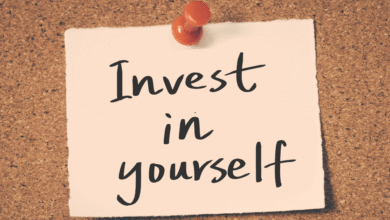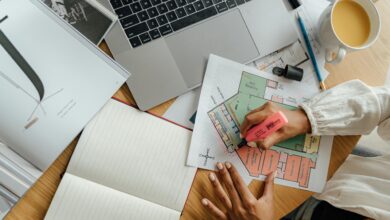How To Look Expensive On A Budget
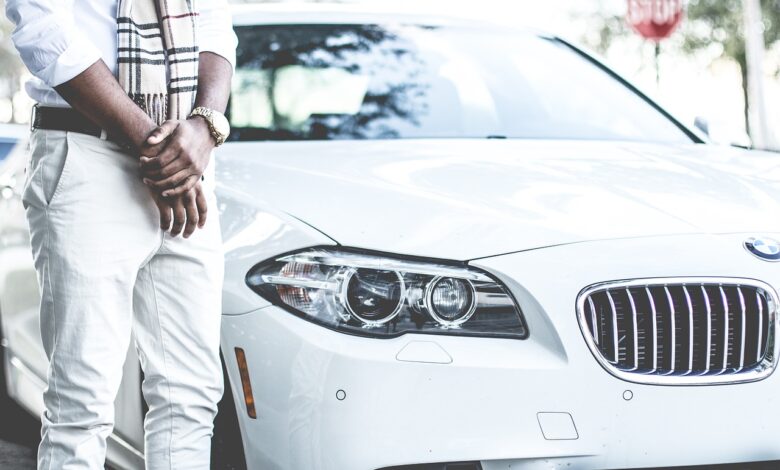
Let me tell you something wild: I used to think looking like a million bucks meant spending a million bucks. Spoiler alert: I was dead wrong.
After years of watching my bank account cry every time I walked past a boutique, I finally cracked the code. And honestly? It’s almost embarrassing how simple it is. You don’t need a trust fund or a designer addiction to turn heads when you walk into a room. You just need to be smarter about your choices.
Here’s the thing: some of my wealthiest clients (yep, the ones with actual money) dress way simpler than you’d think. Meanwhile, I’ve seen people making $40K a year look like they stepped off a yacht. The difference? They understand something most people miss entirely.
Ready to look expensive without your credit card staging an intervention? Let’s get into it.
What Does It Mean To Look Expensive On A Budget?
Okay, so what are we actually talking about here? Looking expensive on a budget doesn’t mean faking it till you make it with knockoff designer logos plastered everywhere. That’s tacky, and honestly, people can spot that stuff from a mile away.
Looking expensive on a budget means curating a wardrobe that screams quality without the designer price tag. It’s about understanding what makes something look expensive in the first place,the cut, the fabric, the fit,and finding those qualities in affordable pieces.
Think of it this way: You can own three incredibly well-chosen pieces that you rotate brilliantly, or you can have a closet bursting with fast fashion that falls apart after two washes. Which person looks wealthier? The one with less, but better.
Here’s a real-world example from my own life. I have this one blazer I bought from a mid-range brand for about $120. I’ve worn it to client meetings, dinner parties, and even a wedding (styled differently, obviously). People constantly ask me if it’s a designer. It’s not. But the fit is perfect, the fabric doesn’t wrinkle like tissue paper, and the cut is timeless.
That’s the game we’re playing here.
Do I Have To Spend A Lot Of Money To Look Expensive?
Short answer? Nope. Not even close.
Long answer? It depends on how you define “a lot.” If you think expensive-looking means dropping $300 on a single shirt, we need to have a chat about financial priorities. But if you’re willing to spend $80 on a quality piece that’ll last five years instead of $20 on something that’ll disintegrate in six months, then you’re already thinking like someone who gets it.
I’ve analysed consumer spending patterns for years (occupational hazard of being a finance nerd), and you know what I’ve noticed? People who constantly chase “deals” often spend more in the long run than those who invest in fewer, better items.
Let’s do some quick math here. Say you buy five $20 shirts throughout the year because they keep wearing out. That’s $100. Or you could buy two $50 shirts made from quality materials that last three years. Over those three years, you’ve spent $100 versus $300. See where I’m going with this?
The wealthy don’t actually shop more; they shop smarter. They understand cost-per-wear, which is basically dividing the price of an item by the number of times you’ll wear it. A $150 coat you wear 100 times costs you $1.50 per wear. A $30 coat you wear twice because it looks cheap? That’s $15 per wear. Do the math 🙂
How Can I Look More Expensive Without Ruining My Budget?
This is where we get tactical. Looking more expensive without financial self-sabotage requires a shift in mindset more than anything else.
First off, you need to stop impulse buying. I know, I know,easier said than done. But here’s the reality: every time you grab that “cute top” on sale without thinking about what you’ll wear it with or whether it fits your existing wardrobe, you’re throwing money away.
Create a capsule wardrobe strategy. This means building your closet around pieces that work together seamlessly. When everything coordinates, you automatically look more put-together and, by extension, more expensive.
Another critical factor? Understanding that expensive-looking doesn’t mean flashy. In fact, it’s usually the opposite. The wealthiest people I know wear incredibly simple outfits,but the quality is unmistakable. No giant logos, no excessive embellishments, just clean lines and impeccable fit.
You also need to get comfortable with wearing the same pieces multiple times in different ways. Rich people do this all the time, but nobody notices because they style things differently. That’s the secret,it’s not about having more, it’s about styling better.
Ways To Save And Look Expensive
Let’s talk about the money side of this equation because, hey, I’m a finance person and this is literally what I do.
The biggest money leak when trying to look expensive is trend-chasing. Seriously, this will destroy your budget faster than anything else. Every season, fashion brands convince you that you need whatever random thing they’ve decided is “in” right now. Wide-leg pants! No wait, skinny jeans! Actually, cargo pants! It’s exhausting and expensive.
Here’s what I tell my clients: Build your core wardrobe with classic pieces, then add trendy items sparingly with money you’ve specifically budgeted for fun purchases. This is the same principle as the 50/30/20 budgeting rule, where 50% goes to needs, 30% to wants, and 20% to savings.
Apply this to your wardrobe:
- 70% of your clothing budget: Timeless, quality basics
- 20% of your clothing budget: Seasonal or trendy pieces
- 10% of your clothing budget: Accessories that elevate everything
Another way to save while looking expensive? Shop seasonally smart. Buy winter coats in March when they’re marked down 70%. Grab summer dresses in September. Retailers need to clear inventory, and you can benefit from their desperation.
Also, thrift stores and consignment shops are absolute goldmines if you know what you’re looking for. I’ve found designer pieces for a fraction of retail price simply because I took the time to dig through racks. Apps like Poshmark and ThredUp make this even easier.
10 Ways To Look Expensive On A Budget
Alright, let’s get into the practical stuff. These ten strategies have transformed not just how I look, but how I feel about getting dressed every single day.
1. Use Neutral Colours
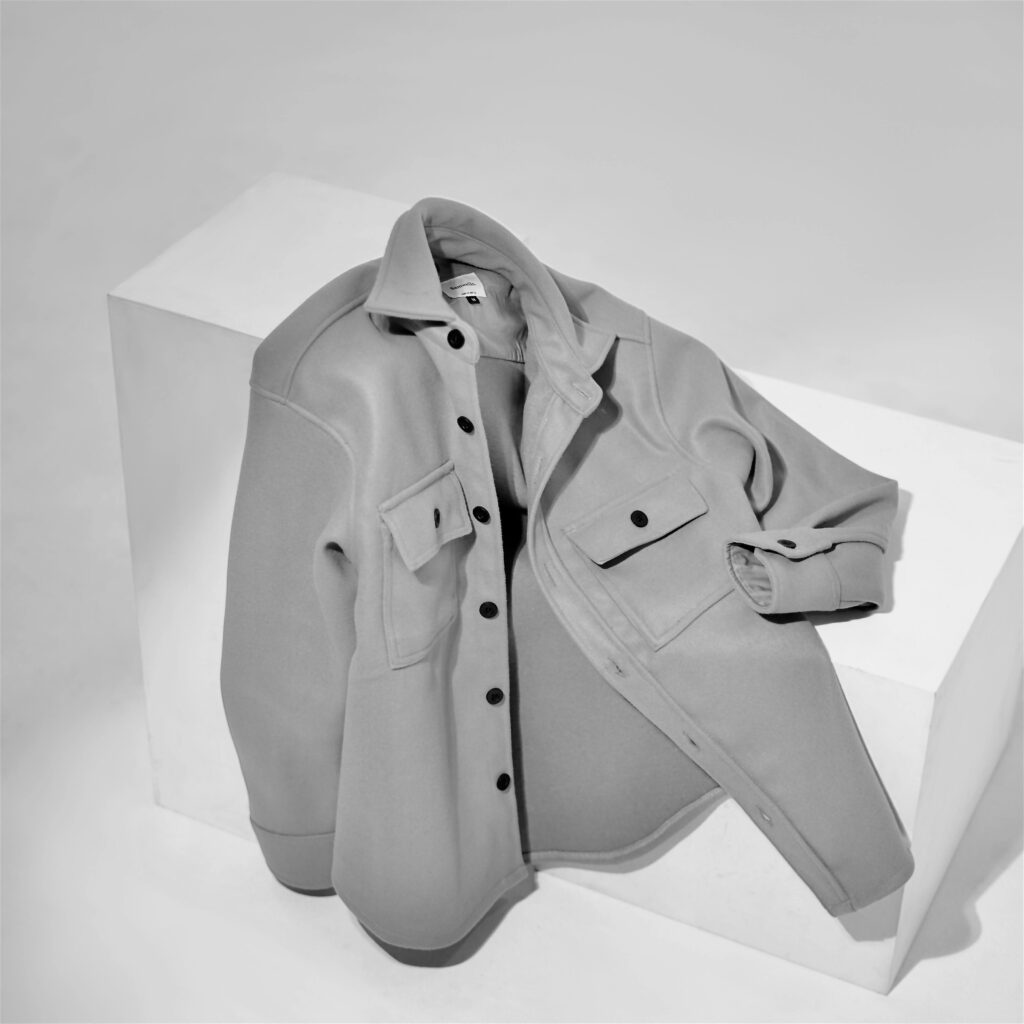
Here’s something most people don’t realise: neutral colours are a cheat code for looking expensive.
Think about luxury brands. What colours dominate their collections? Black, navy, camel, white, grey, olive. You rarely see hot pink or neon yellow on the runways of high-end designers, and there’s a reason for that.
Neutrals have this inherent sophistication. They photograph well, they don’t date themselves, and they’re incredibly easy to mix and match. When your entire wardrobe works together, you need fewer pieces overall, which saves money and makes you look more polished.
I’m not saying you can’t have colour,I love a good burgundy or emerald green,but your foundation should be neutral. Build your wardrobe around black, navy, grey, beige, and white, then add pops of colour through accessories or accent pieces.
Plus, neutrals hide wear and tear better than bright colours. That black blazer won’t show fading the way a red one will. It’s just practical from a financial standpoint.
One of my favourite wardrobe investments was a camel-colored coat I bought three years ago. I wear it constantly from October through March, and it goes with literally everything I own. That’s the power of neutrals: maximum versatility, minimal investment.
2. Spend Money On Timeless Pieces
Let me get on my soapbox for a second here. The fashion industry wants you to think you need new clothes every season. That’s how they make money. But you know what? The truly stylish people,the ones who always look expensive,wear the same classic pieces year after year.
Invest in timeless pieces that won’t look dated next year or five years from now. I’m talking about:
- A perfectly fitted blazer in a neutral colour
- Quality denim in a classic cut
- A simple white button-down shirt
- A well-made trench coat or wool coat
- Classic pumps or loafers in leather
- A structured handbag in black or tan
These pieces form the backbone of an expensive-looking wardrobe. Sure, a trendy crop top might be fun for a season, but that $60 could go toward a quality blazer you’ll wear for a decade.
I learned this lesson the hard way. Early in my career, I spent probably $2,000 on trendy pieces that I wore once or twice. Meanwhile, the $200 blazer I bought during that same period? I still wear it regularly, and it still looks brand new because I chose quality over quantity.
From a financial planning perspective, think of timeless pieces as investments with a high return. The cost-per-wear gets lower every single time you put it on. That’s the kind of spending that makes sense.
3. Wear Clothes That Fit Properly
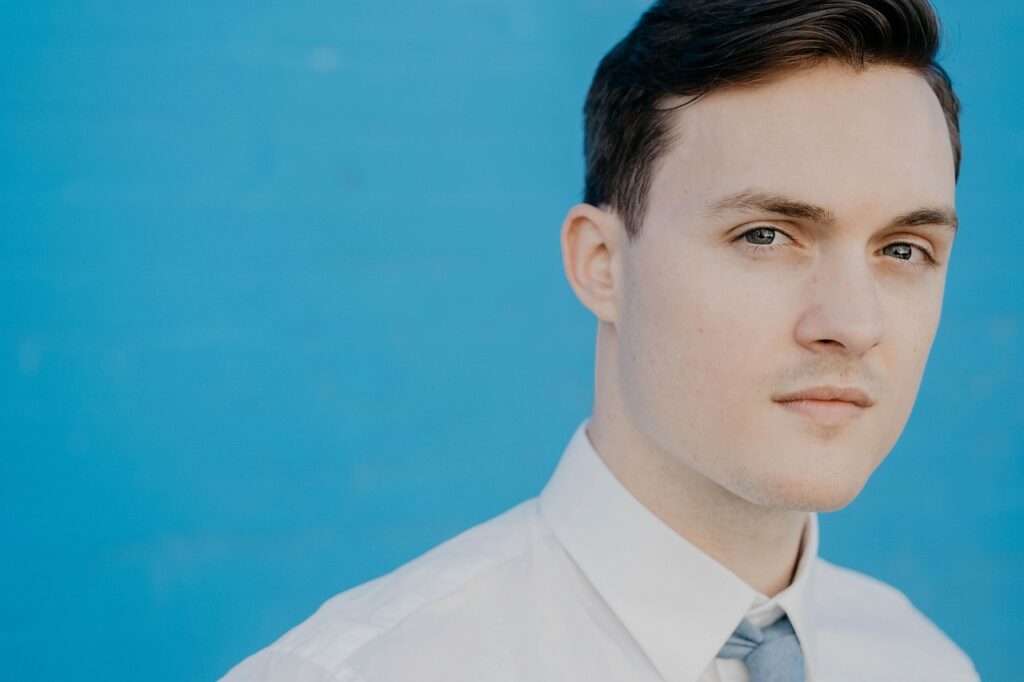
Okay, this is huge. Like, cannot stress this enough, huge. You can wear a $50 outfit that fits perfectly and look more expensive than someone in a $500 outfit that doesn’t fit right.
I’ve seen people drop serious cash on designer clothes that are too big, too small, or just wrong for their body type, and they look… not great. Meanwhile, someone else walks by in something from Target that’s been tailored to fit them like a glove, and everyone turns their head.
The fit is literally everything. An ill-fitting outfit broadcasts “I don’t know what I’m doing” louder than any price tag can overcome. A well-fitted outfit, on the other hand, suggests you care about details,which is what wealthy people do.
Here’s what proper fit means:
- Shoulders hit at your actual shoulder line (not drooping down your arm)
- Sleeves end at your wrist bone, not covering your hands
- Pants break slightly at your shoes, not dragging on the ground
- Nothing is pulling, gaping, or bunching awkwardly
And here’s the secret weapon nobody talks about: Find a good tailor. Seriously, this changed my entire wardrobe game. Getting pants hemmed costs $15. Taking in a waist costs maybe $25. These small adjustments make affordable clothes look custom-made.
I have a tailor I’ve been using for years, and I bring her basically everything I buy. She’s saved me thousands by making cheaper pieces fit like they were made for me. IMO, finding a reliable tailor is one of the best financial decisions you can make for your wardrobe.
4. Have A Good Maintenance Culture
Can we talk about something most people completely ignore? Maintenance. You can buy the most expensive, beautiful clothes in the world, but if you don’t take care of them, they’ll look cheap within months.
Good maintenance is the difference between clothes that last years and clothes that fall apart after a season. This isn’t complicated; it just requires a bit of attention.
Here’s what I do:
- Read the care labels and actually follow them (I know, revolutionary)
- Invest in quality hangers,no more wire ones from the dry cleaner
- Store out-of-season clothes properly with cedar blocks to prevent moths
- Steam or iron clothes before wearing them
- Treat stains immediately instead of letting them set
- Take shoes to a cobbler for repairs before they’re destroyed
One of my best financial moves was buying a handheld steamer for $30. It takes two minutes to steam an outfit, and suddenly everything looks crisp and fresh. That’s literally all it takes to elevate your entire look.
Also, learn to do basic repairs yourself. Sewing on a button takes five minutes and saves you from having to replace an entire shirt. There are tons of YouTube tutorials that’ll show you how to fix common issues.
The wealthy understand something crucial: maintaining what you own is cheaper than constantly replacing things. Apply that principle to your wardrobe, and you’ll look more expensive while spending less. It’s literally a win-win.
5. Pay Attention To Fabrics
Let me hit you with some fashion industry insider knowledge: the fabric is what separates expensive-looking clothes from cheap-looking ones, often more than the actual design.
You can have the most beautiful cut and style in the world, but if it’s made from polyester that looks like plastic, it’ll read as cheap immediately. On the flip side, a simple t-shirt in quality cotton can look sophisticated and expensive.
Natural fabrics are your friend here:
- Cotton: Breathable, durable, looks better with age
- Wool: Luxurious, holds shape well, naturally wrinkle-resistant
- Silk: Ultimate luxury, but requires careful maintenance
- Linen: Perfect for summer, gets better with wear (those wrinkles are intentional)
- Cashmere: Soft and expensive-looking, worth saving for
Stay away from or minimise:
- Cheap polyester (it pills, shines weirdly, and doesn’t breathe)
- Thin, see-through fabrics that feel flimsy
- Anything that feels plasticky or stiff
When you’re shopping, touch everything. Seriously. Feel the weight of the fabric, check if it’s tightly woven, and see if it drapes nicely. These tactile cues tell you immediately whether something will look expensive or cheap.
I once bought a dress online without feeling the fabric first. Big mistake. It arrived and felt like a garbage bag. The photos looked great, but in person? Absolutely cheap-looking. Now I never buy anything without either feeling it in person or checking detailed fabric descriptions online.
Here’s a money-saving tip: Shop for natural fabrics during sales. Wool coats in spring, linen in fall. You’ll get quality materials at a fraction of the price by being strategic about timing.
6. Look Clean
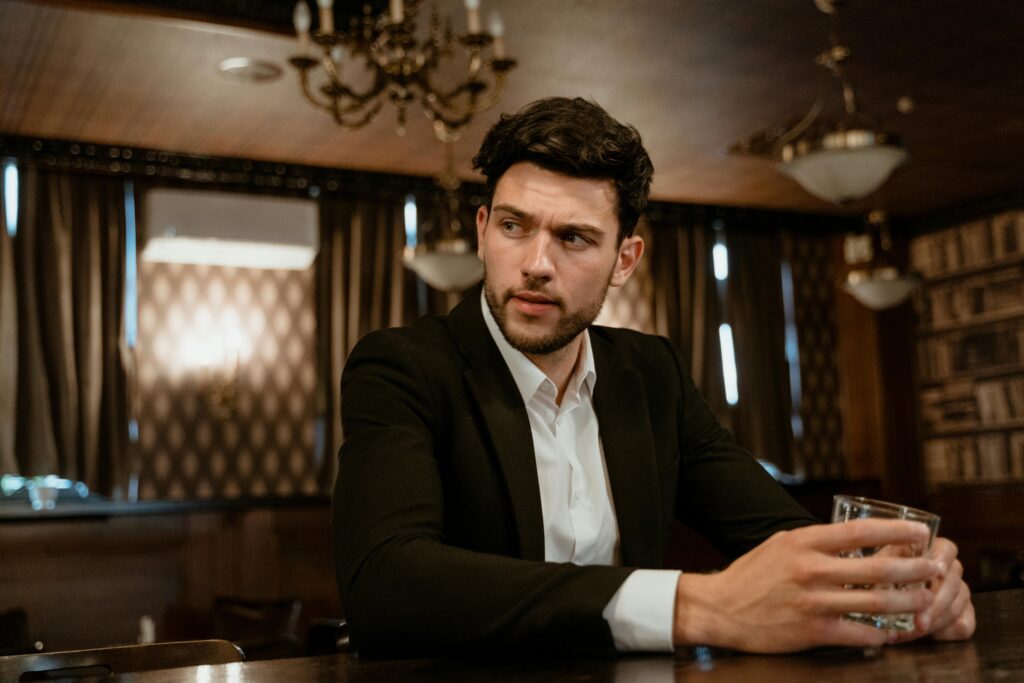
This might seem obvious, but you’d be surprised how many people miss this. Looking expensive isn’t just about clothes; it’s about your entire presentation.
You can wear head-to-toe designer, but if your hair is greasy, your nails are chipped, and you’ve got visible stains, nobody’s going to think you look expensive. They’re going to think you look messy.
Total package presentation includes:
- Clean, styled hair (doesn’t have to be fancy, just intentional)
- Groomed nails (clear polish or neat natural nails work fine)
- Fresh breath and clean teeth (yes, this matters)
- Minimal body odour (again, seems obvious but…)
- Well-maintained skin (basic skincare goes a long way)
I’m not saying you need to spend hours getting ready every day. I’m saying spend 15 minutes being intentional about your presentation instead of just throwing things together.
One of the smartest investments I’ve made is a basic skincare routine. I spend maybe $50 every few months on cleanser, moisturiser, and sunscreen. That’s it. But having clear, healthy-looking skin makes everything else look better. You could wear a potato sack, but with great skin and hair, you’d still look more put-together than someone in designer clothes with neglected grooming.
FYI, rich people don’t actually wear full glam every day; they just maintain good hygiene and grooming basics consistently. That’s the real secret.
7. Avoid Extravagant Makeup
Ladies, we need to talk about makeup for a second. And guys, if you wear makeup, this applies to you, too.
There’s this weird misconception that expensive-looking means more makeup. More layers, more products, more drama. But here’s what I’ve noticed studying actual wealthy women: they tend to wear simpler, more polished makeup.
Think about it. The “no-makeup” makeup look that’s super popular? That’s literally what expensive looks like. Natural, healthy, glowing skin with minimal visible product. Not a full Instagram glam situation with false lashes, heavy contour, and bold lips every single day.
Don’t get me wrong,I love a good glam moment for special occasions. But for everyday, expensive-looking? Keep it simple:
- Even skin tone (concealer where needed)
- Groomed brows
- A bit of mascara
- Neutral lip colour
- Maybe some blush for colour
This achieves two things. First, it looks more refined and expensive. Second, it saves you a ton of money. Quality makeup products are pricey. If you need 15 different products to create your daily face, that’s an expensive habit.
I used to spend probably $200 a month on makeup, trying to keep up with every new release and trend. Now I spend maybe $40 every few months replacing basics. My bank account is happier, and honestly? I think I look better. Simpler is often classier.
8. Wear The Right Accessories
Here’s where you can really level up your look without spending a fortune. Accessories are the exclamation point on your outfit; they can make or break the expensive illusion.
But there’s an art to this. Wearing every accessory you own at once doesn’t make you look rich; it makes you look confused. The key is intentional, coordinated choices.
Quality over quantity applies to her, too. One really nice watch looks better than three cheap ones. A simple leather handbag beats a logo-covered knockoff every time.
My accessory philosophy:
- One statement piece per outfit (could be a watch, necklace, or bag)
- Metals should match (don’t mix gold and silver unless you really know what you’re doing)
- Accessories should complement, not compete (your necklace shouldn’t fight with your earrings for attention)
- Invest in a quality watch (this is often the first thing people notice)
- Keep jewellery simple and classic (thin chains, stud earrings, simple rings)
I saved for months to buy one really nice watch, and it was absolutely worth it. I wear it almost every day, and it elevates even my most casual outfits. Cost-per-wear on that thing is probably down to pennies at this point.
You don’t need designer accessories to look expensive; you just need thoughtful ones. A well-chosen $50 bag can look more expensive than a poorly chosen $200 one if you pick the right style and quality.
9. Style Your Hair Creatively
Your hair is literally framing your face all day, every day. If your hair looks unkempt or damaged, it doesn’t matter how expensive your outfit is; the overall effect is ruined.
Now, I’m not saying you need salon-perfect hair every single day. But you do need intentional hair that looks like you made decisions about it, not like you just rolled out of bed.
Some practical hair strategies that make you look more expensive:
- Get regular trims (every 6-8 weeks to keep ends healthy)
- Find a style that works for your hair type (fighting your natural texture is expensive and frustrating)
- Invest in decent hair products (you don’t need luxury brands, but dollar store products often do more harm than good)
- Learn a few simple styling techniques (even just knowing how to properly blow-dry makes a difference)
- Keep your hair clean and conditioned (basic maintenance goes so far)
I went through a phase where I was trying to maintain a hairstyle that required heat styling every single day. Not only was it damaging my hair, but I was spending 30 minutes every morning and going through expensive products constantly. When I switched to a cut that worked with my natural texture, everything got easier and less expensive.
For anyone with natural or curly hair, embracing your texture instead of fighting it can actually save massive amounts of money and look more expensive. The “effortlessly beautiful” look that wealthy people often have? That’s because they’re not fighting against their natural features.
And hey, YouTube and TikTok are free resources for learning how to style your hair. You don’t need expensive salon visits to figure this out,just some time and experimentation.
10. Take Care Of Your Shoes
Last but absolutely not least,your shoes. Oh man, your shoes. People absolutely judge your wealth level based on your footwear, and they’re not wrong to do so.
Think about it. You can hide a cheap shirt under a blazer, but your shoes are visible all day. Scuffed, dirty, worn-out shoes will undermine even the most expensive outfit.
The good news? Shoe care is easy and cheap. The better news? Quality shoes, when properly maintained, last for years or even decades.
Here’s my shoe care routine:
- Clean shoes regularly (wipe down after each wear, deep clean monthly)
- Use shoe trees (these maintain shape and prevent creasing)
- Rotate your shoes (don’t wear the same pair every day)
- Polish leather shoes (takes 10 minutes, makes them look brand new)
- Replace soles and heels as needed (way cheaper than buying new shoes)
- Use protective sprays (waterproofing saves shoes from weather damage)
I bought a basic shoe care kit for about $25 five years ago, and I’m still using most of the same products. That small investment has saved me thousands in shoe replacements.
Also, invest in at least one pair of quality leather shoes. They don’t have to be designer brands, like Cole Haan, Clarks, or even a good department store brand will work. Quality leather improves with age if you care for it properly.
One of my best purchases ever was a pair of leather boots I bought on sale for $120. I’ve had them for six years, and they look better now than when I bought them because I’ve maintained them properly. Meanwhile, I’ve watched friends go through four or five pairs of cheap boots in that same time period, spending way more overall.
The wealthy know this secret: buying quality shoes and maintaining them is cheaper than constantly buying cheap replacements. Apply that knowledge, and your entire look improves while your spending decreases.
Final Thoughts
Let’s bring this home. Looking expensive on a budget isn’t about faking luxury; it’s about understanding what creates the impression of wealth and focusing your energy there. People who look refined without spending much prioritise fit, quality, maintenance, simplicity, and consistency in their style.
None of that requires a huge budget,just patience and intentionality. Start small: tailor one outfit, care for your shoes, or declutter your closet. Each small improvement compounds over time, just like building wealth.
You don’t need designer labels to look expensive,just smart choices and confidence. Manage your money wisely, invest in timeless pieces, and own your look. Because true luxury isn’t the logo,it’s how you carry yourself.


